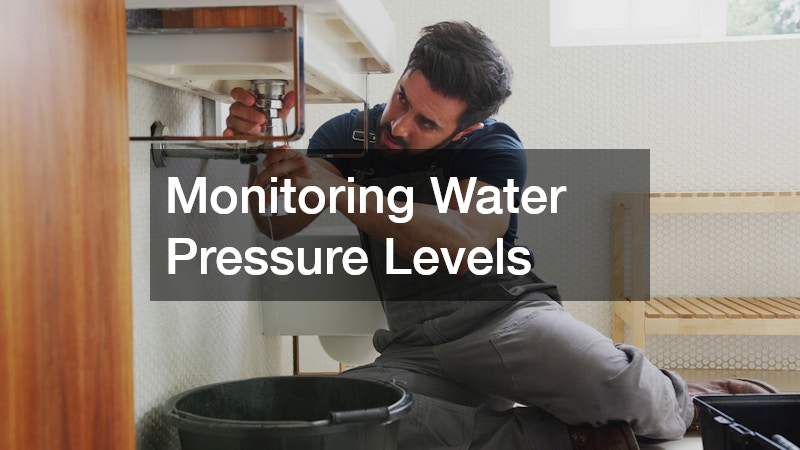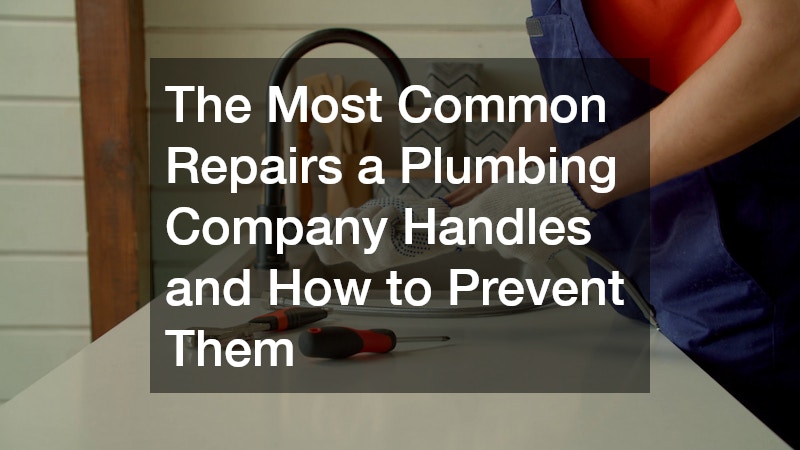Understanding the most frequent issues a plumbing company faces can help homeowners reduce the risk of costly repairs. This article delves into common plumbing problems and provides preventive measures to keep your plumbing in top shape. By proactively maintaining your plumbing system, you can avoid the inconvenience and expense that arise from unexpected failures.
The Typical Causes of Clogged Drains
Preventing Build-Up in Kitchen Drains
Kitchen drains are often the victims of grease and food particle accumulation. Grease tends to solidify as it cools, leading to stubborn clogs if poured down the sink. To minimize build-up, homeowners should avoid disposing of grease in sinks and use strainers to catch any food debris.
Additionally, routinely running hot water and dish soap down the drain can help clear any minor blockages before they become major issues. Using a mixture of baking soda and vinegar once a month can also act as a natural cleaner to maintain clear pipes. By integrating these practices into your kitchen routine, you can maintain optimal water flow and prevent costly interventions.
Be mindful of what goes down your kitchen drain. Items like coffee grounds, eggshells, and fibrous vegetables contribute to clogs and should be disposed of elsewhere. By educating household members about proper disposal methods, you can further reduce the risk of plumbing problems.
Avoiding Hair and Soap Scum in Bathroom Drains
Bathroom drains often suffer from clogs due to hair and soap scum. These materials create a sticky residue that can latch onto pipe walls, narrowing the passageway for water. Regular cleaning of the drain cover can help trap hair and prevent it from entering the pipes.
Homeowners can also install mesh screens over drains to collect hair and prevent soap scum build-up, an action that significantly reduces drain blockages. It’s also useful to use soap that has less fat content, which traditionally forms residues that lead to blockages. Periodically flushing the drains with boiling water can help dissolve any minor soap scum accumulations.
Ensuring the frequent removal of hair from tubs and sinks can greatly decrease the chance of clogs. Every few months, using an enzymatic drain cleaner can help to break down organic material and keep your bathroom drains clear. With minimal effort, you can avert significant plumbing issues and maintain a fully functional bathroom.
Preventing and Fixing Leaky Faucets
Identifying Common Causes of Leaks
Leaky faucets are typically the result of worn-out washers or seals. Constant water pressure can wear away at these components, resulting in leaks if not addressed promptly. Recognizing the issue early can prevent more substantial water loss and save on water bills.
The sound of dripping water or pooled water around the faucet base is a clear indicator of a leak. By regularly inspecting these areas, homeowners can identify problems before they escalate. It’s also essential to familiarize oneself with the different parts of a faucet to understand which areas are prone to wear and tear.
Common causes for leaks can also include corrosion or mineral build-up within the faucet mechanism. Regular cleaning and replacing parts such as the aerator can keep your faucet functioning smoothly. Solving minor leaks as they arise prevents the development of larger issues over time.
Regular Maintenance to Avoid Faucet Leaks
Conducting regular maintenance is key to preventing faucet leaks. Simple checks, such as tightening loose nuts and ensuring washers are in good condition, can avert potential issues. Routine maintenance should include cleaning the faucet’s aerator, which can accumulate mineral deposits over time.
Using tools like faucet grease on moving parts can prolong their lifespan, preventing friction that causes wear. Replacing old washers and seals can maintain the integrity of the faucet and optimize water flow. Consistent maintenance transforms leaking taps into rare occurrences rather than constant nuisances.
Avoiding Pipe Bursts
Insulating Pipes to Prevent Freezing
Pipe bursts often occur when water freezes, expands, and breaks the pipe. To prevent freezing, proper pipe insulation is crucial, especially in unheated areas such as basements or attics. Foam pipe covers or tape can be easily installed to maintain a stable temperature.
During particularly cold spells, leaving a trickle of water running can prevent freezing by maintaining movement in the pipes. In addition, sealing any drafts in your home will help ensure indoor pipes remain at a safe temperature. Early detection and remedying of weak insulation points mitigate the risk of burst pipes.
Monitoring Water Pressure Levels
Excessively high water pressure can strain pipes, increasing the risk of them bursting. The ideal range for water pressure is between 40 and 60 psi, which can be monitored using a water pressure gauge. If your home’s pressure is too high, a pressure-reducing valve can be installed to bring levels down to a safe range.
Signs of high water pressure include loud banging noises when faucets are turned on or off, dripping faucets, and running toilets. Regularly checking for leaks or other damage in your plumbing system can indicate that pressure may be too high. Reducing water pressure will not only save water but also extend the life of your plumbing infrastructure.
By understanding these common issues and implementing the suggested preventive measures, homeowners can significantly reduce the likelihood of plumbing disasters, thereby saving time and money in the long run. Maintaining a reliable plumbing system involves routine inspections and adopting preventive practices. Proactive care for your home’s plumbing structures will sustain a reliable utility service for years to come.

